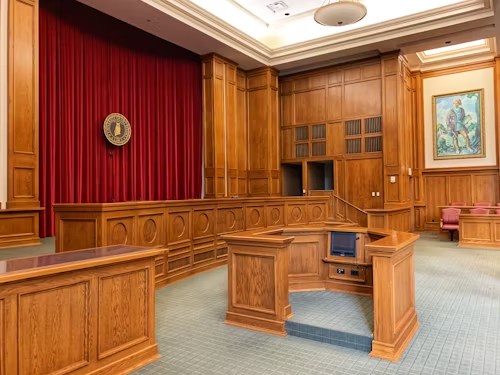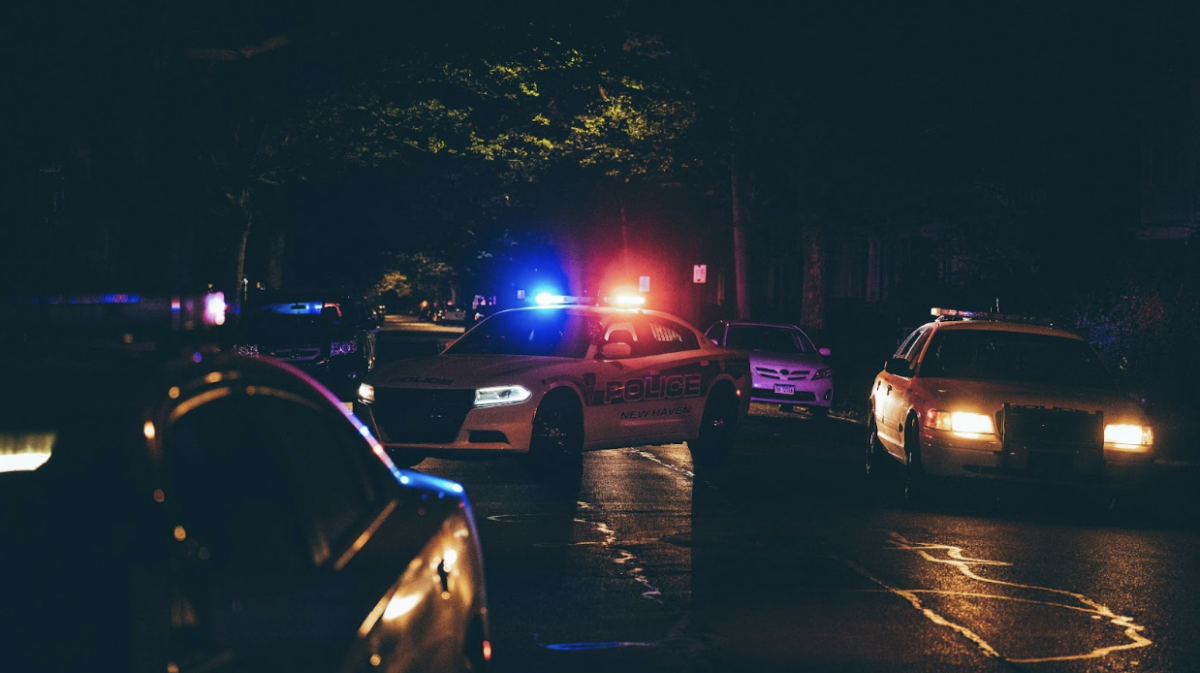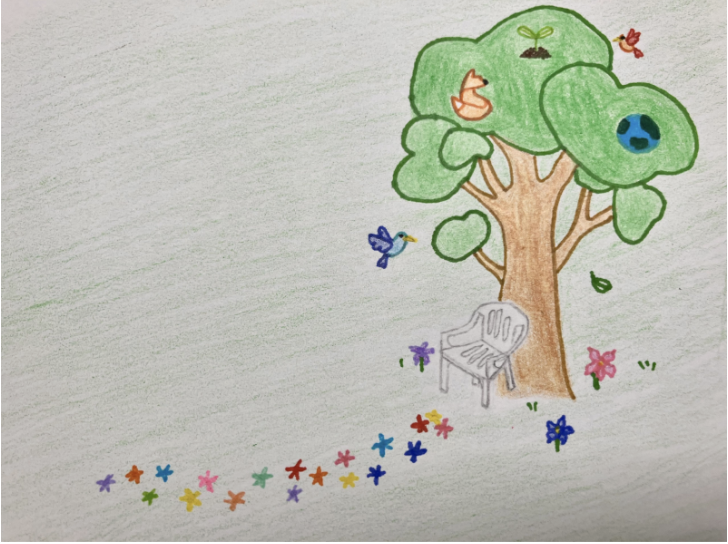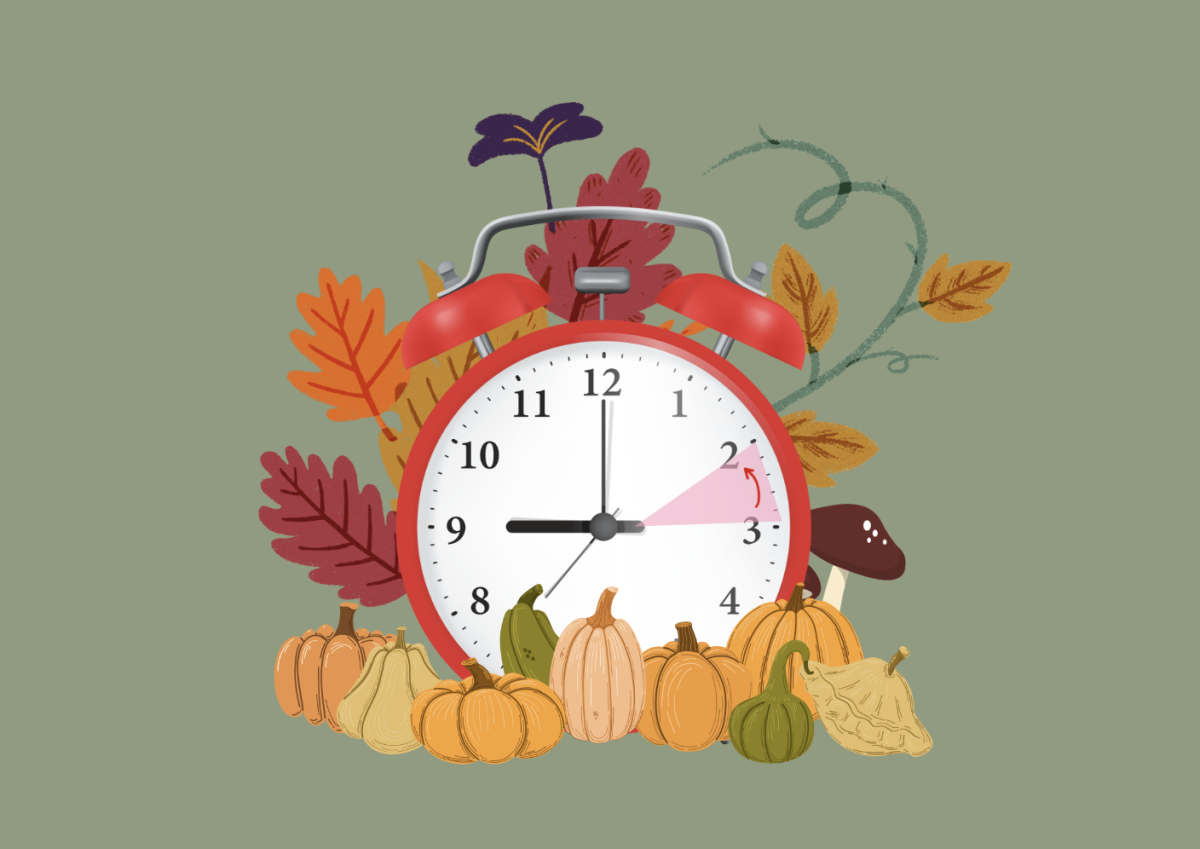Every year, at 2:00 am on Nov. 3, clocks across the United States regress by one hour.
A system designed to make better use of daylight during the longer days of spring, summer and early fall, daylight saving time (DST) takes place from Mar. 10 to Nov. 3rd. The system was first implemented in the early 20th century, when Germany adopted this practice during World War I as a way to extend daylight and conserve fuel.
Following World War II, the United States Congress later ratified the Uniform Time Act in 1966, which established a structure within all time zones where clocks “spring” forward one hour during the spring season, and clocks “fall” back by one hour during the fall season as a way to conserve energy and maximize the use of natural daylight. Today, 48 states – excluding Arizona and Hawaii – observe daylight saving time, among other countries across North and South America, the EU, Oceania and Asia.
While DST maximizes the amount of sunlight during the day during warmer seasons, the system massively reduces the amount of daylight during colder seasons, cutting their daytime by one hour. As nights increasingly become longer throughout winter, DST poses many health issues, ranging from physical, emotional to sleep.
As DST creates a sudden shift in sleep schedules and the amount of light in a day, circadian rhythms– or the body’s biological clock– are suddenly disrupted. Disturbances in circadian rhythms can cause daytime drowsiness, decreased alertness, problems with concentration and difficulty retaining information.
Reduced sunlight exposure throughout the day also results in a decrease of vitamin D in the body, which can increase the risk of bone pain and injuries, as well as muscle weakness and pain. On top of reduced levels of vitamin D, longer nights can also create adverse changes in mood. Levels of serotonin and dopamine – neurotransmitters that regulate mood and motivation – also decrease due to reduced exposure to natural light.
Green Hope Students like Sabrina Woodson (‘25) experience the adverse effects of DST. Woodson, a percussionist for Green Hope High School Band, often stays after school for practice until 6:00 pm. Woodson elaborates that the sudden shift in day time causes a sense of disorientation for a few days, and explains the effects of reduced daylight hours. “Before, when band practice ended, the sun was still out, but now when I leave school, it’s just completely dark,” Woodson stated.
Woodson added that longer nights cause shifts in her mood. “When daylight savings time starts, I get a lot more anxious after school cause the sun goes down sooner which makes it feel like I have less time to do stuff.”
Aside from personal issues, DST also causes issues on the road. The daylight saving time shift raises the fatal traffic accident risk by 6%, and more than 40% of fatal car accidents occur at night.
Woodson explains that within the weeks following the end of DST, she worries that she will face difficulties driving. “My vision is slightly declining, so it makes it a little harder to see signs when it’s darker,” explains Woodson. She elaborates that as the amount of daylight decreases, she fears that the frequency of difficulties she will face when driving will increase.
As DST ends during November, many adverse health effects arise, which causes concern for people across the world.

















































































